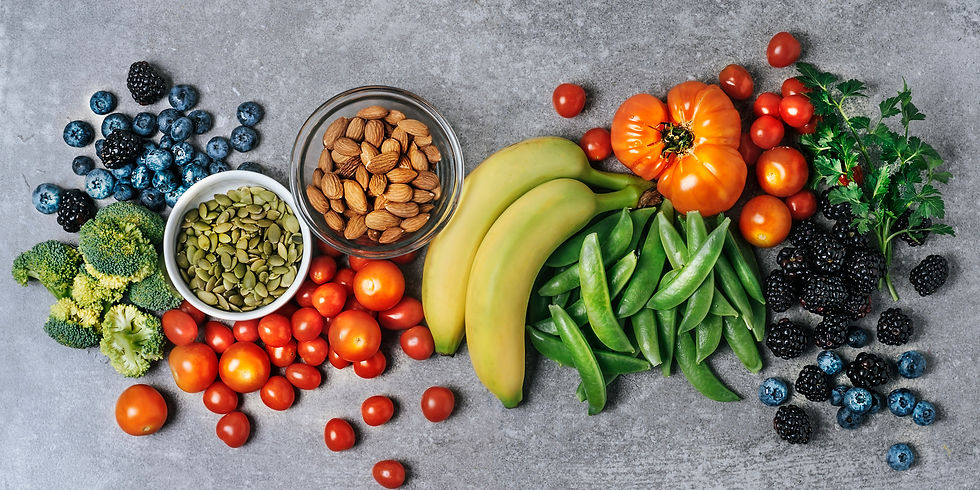The nutrition of early humans during the Paleolithic Era differed greatly from the diet of current humans. It would appear that as humans evolved into more complex communities, their diet would improve as well. However, the evolution of the human diet has been consequential for human health.
The human genome has not changed that much from when humans started to practice agriculture. The human diet evolved much faster than the human genome could, which means that humans are still built for the environments that existed during the Paleolithic era. As a result, many humans today suffer from chronic diseases that early humans did not face.
The modern human diet is also less nutrient-dense than the Paleolithic diet. As a result, humans are not consuming enough nutrients for their bodies to function effectively over time. When comparing the Paleolithic diet to the modern American diet, this may be noticed. Fruits, honey, nuts, and vegetables make up 65 percent of the Paleolithic diet, while lean game, eggs, fish, and shellfish make up the remaining 35 percent. On the other hand, fruits and vegetables account for just 7.8% of the current American diet, whereas meat, poultry, fish, eggs, legumes, and nuts account for 17.8% of the current American diet.
Furthermore, the energy contributions from protein, carbs, and fat in the Paleolithic diet have been calculated to be 37 percent, 41 percent, and 22 percent, respectively. In contrast, carbohydrates account for nearly half of the total daily calories in today's American diets, while fat accounts for one-third of calories. Protein accounts for around 15% of daily energy in the average American diet today. These figures demonstrate how the Paleolithic diet was more nutrient-dense than the modern human diet. The majority of calories in today's American diets come from fats and carbohydrates, leaving critical elements like protein, fiber, and Vitamin C in little supply. The amount of fiber consumed in the modern American diet is about 7 times that of the Paleolithic diet, 15.2 grams versus 104 grams, respectively, and the amount of Vitamin C consumed in the modern American diet is about 6 times that of the Paleolithic diet, 97 milligrams versus 604 milligrams, respectively. The resulting increase in the number of chronic diseases, such as diabetes and cancer, has resulted from the change in the number of necessary nutrients ingested in the modern human diet.
Humans have adapted to their environment in different ways as their food has evolved. Because food is more readily available, they don't have to work as hard to get it, thus the exercise that early humans got from hunting for food isn't something that many people today experience. When a lack of exercise is combined with a nutrient-deficient diet, a variety of chronic diseases can emerge. While it may appear that technological breakthroughs and technologies have made life easier in general, most people today witness a decline in their overall diet and an increase in chronic diseases. Thus, it's critical for us as humans to realize the dangers that our food poses to the human species as a whole and to take steps to address these issues.

Opmerkingen